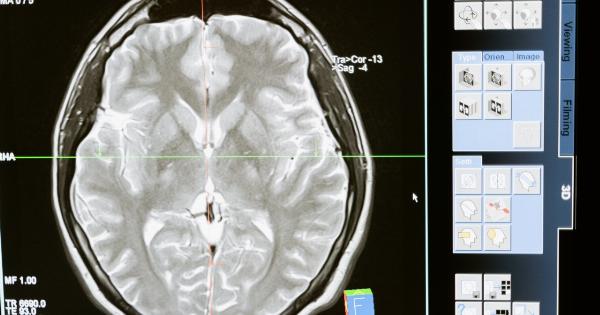Alzheimer’s disease is a progressive disorder that affects the brain’s cognition, memory, thinking, and behavior.
Although there’s no known cure for Alzheimer’s, studies have shown that physical exercise can delay the onset of the disease.
What is Alzheimer’s disease?
Alzheimer’s disease is a brain disorder that affects millions of people worldwide. It’s a progressive disease that slowly destroys memory and thinking skills, and eventually, the ability to carry out the simplest of tasks.
The disease develops over a period of years and has several stages, the first being mild, the last being severe. Although there’s no cure for Alzheimer’s, certain lifestyle changes, such as physical exercise, can help delay the onset of the disease.
How does exercise help?
Studies have shown that physical exercise can help delay the onset of Alzheimer’s disease in several ways. Exercise is known to improve blood circulation in the body, which, in turn, increases blood flow to the brain.
This increased blood flow can help improve cognitive function and prevent brain damage. Regular exercise also improves overall brain health, including reducing inflammation, promoting the growth of new nerve cells, and improving neural connections.
These benefits can help reduce the risk of cognitive decline and other brain-related disorders, such as dementia and Parkinson’s disease. Exercise can also improve mood, which is important since depression is a common symptom associated with Alzheimer’s disease. Regular exercise can help alleviate depression and other symptoms of anxiety, improving overall quality of life for those with Alzheimer’s disease.
What type of exercise is best?
Any type of exercise can benefit overall brain health, including activities such as walking, running, swimming, and weight training. Aerobic exercise, in particular, has been shown to be particularly beneficial for the brain.
Aerobic exercise involves activities that increase the heart rate and breathing rate, such as running, swimming, and cycling. Aerobic exercise has been shown to increase blood flow to the brain, improve oxygen levels, and stimulate brain cell growth. Strength training exercises can also help improve overall brain health.
These exercises typically involve lifting weights or using resistance bands to build muscle strength.
Strength training can help increase blood flow to the brain, improve balance and coordination, and reduce the risk of falls. It’s important to note that any physical exercise is better than no exercise, so it’s important to choose an activity that is enjoyable and sustainable. Consistency is key when it comes to exercise and brain health.
How much exercise is necessary?
There’s no one-size-fits-all answer to how much exercise is necessary to delay the onset of Alzheimer’s disease.
However, studies have shown that regular exercise, even in moderate amounts, can have a positive impact on overall brain health. Experts recommend that adults aim for at least 150 minutes of moderate-intensity aerobic exercise per week. This can be broken down into 30 minutes of exercise five days per week.
Additionally, it’s recommended that adults engage in strength-training exercises at least two days per week. It’s important to remember that any physical activity is better than no activity, so don’t be discouraged if you can’t meet these recommendations right away. Start with small amounts of physical activity and gradually increase as your fitness level improves.
Conclusion
While there’s no cure for Alzheimer’s disease, studies have shown that physical exercise can help delay the onset of the disease. Regular exercise improves overall brain health, enhances blood flow to the brain, and reduces inflammation.
Any physical activity is better than no activity, so it’s important to choose an activity that is enjoyable and sustainable.





























